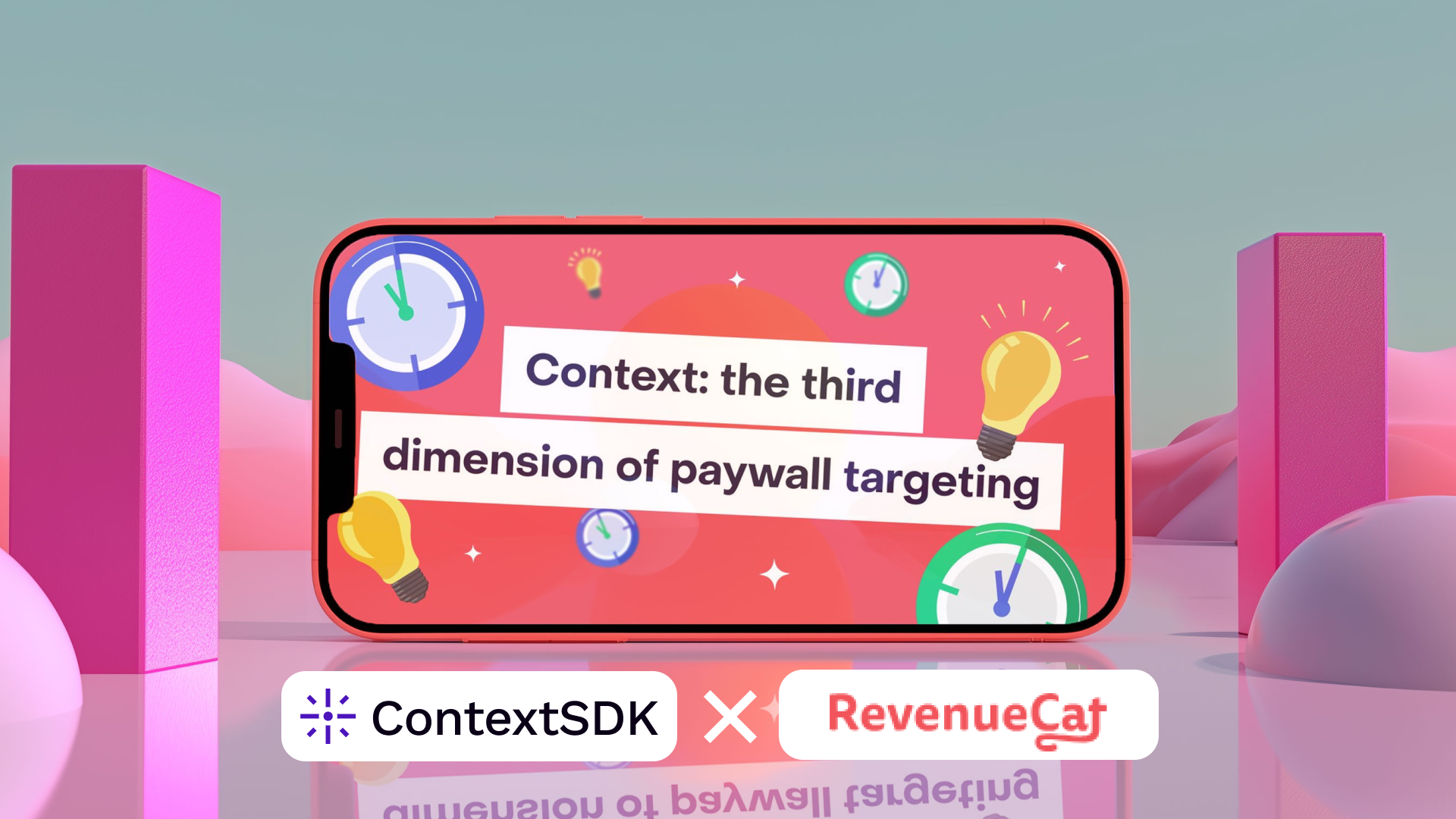Implementing Advanced Security and Privacy in iOS Apps


Securing user data and protecting privacy are paramount for any iOS app. With increasing concerns over data breaches and privacy violations, implementing advanced security measures is essential for safeguarding sensitive information and building user trust. This article explores key strategies for enhancing security and privacy in iOS apps, providing practical solutions to common challenges and ensuring compliance with industry standards.
Understanding Advanced Security and Privacy
Definition and Goals
Advanced security and privacy in iOS apps involve implementing robust measures to protect user data from unauthorized access and misuse. The primary goals are to ensure data confidentiality, integrity, and availability while maintaining user trust. Key aspects include encryption, secure data storage, and rigorous access controls (Medium on ensuring Swift security).
Key Metrics
When evaluating security and privacy, it's important to focus on metrics such as encryption strength, vulnerability assessments, and compliance with data protection regulations. Regular security audits and penetration testing can help identify and address potential vulnerabilities (Inspiring Apps on mobile device security).
Implementing Security Measures
Encryption and Data Protection
Data Encryption
Encrypting sensitive data both in transit and at rest is crucial for protecting user information. iOS provides robust encryption frameworks, including Data Protection APIs and Secure Enclave, which ensure that data is encrypted using advanced algorithms and securely stored (Moldstud on enhancing data privacy).
Secure Data Storage
Using the iOS Keychain for storing sensitive information, such as passwords and cryptographic keys, ensures that data is stored securely with system-level encryption. Implementing secure storage practices helps prevent unauthorized access and data breaches.
Secure Authentication
Biometric Authentication
Leveraging biometric authentication methods, such as Face ID and Touch ID, enhances security by providing an additional layer of protection beyond traditional passwords. These methods offer a higher level of security and convenience for users (Apple Support on iPhone security).
Two-Factor Authentication (2FA)
Implementing 2FA adds another layer of security by requiring users to provide two forms of verification before accessing their accounts. This method significantly reduces the risk of unauthorized access and enhances overall app security.
Privacy Best Practices
User Data Minimization
Collecting Only Necessary Data
Adopting a data minimization approach involves collecting only the data that is necessary for the app's functionality. This practice reduces the risk of data breaches and ensures that user information is handled responsibly.
Transparency and Consent
Providing clear and transparent privacy policies and obtaining explicit user consent for data collection are essential for maintaining user trust and complying with data protection regulations (Apple Support on iPhone privacy).
Data Anonymization
Anonymizing User Data
Data anonymization techniques, such as removing Personally Identifiable Information (PII) and aggregating data, help protect user privacy while allowing for meaningful data analysis. Implementing these techniques ensures that user data is handled securely and responsibly.
Enhanced Security and Privacy with ContextSDK
Leveraging Real-World Context
As a leading on-device AI startup, ContextSDK can significantly enhance app security and privacy by providing real-world contextual insights that improve user interactions while preserving privacy. This allows for highly personalized interactions without compromising user privacy.
Privacy-Focused Technology
ContextSDK prioritizes user privacy by ensuring that all data analysis occurs on-device, avoiding the need for cloud transfers and thus preserving user trust. The platform’s tools, such as ContextPush and ContextDecision, help developers understand user behavior through real-world context and identify optimal moments for engagement while maintaining robust privacy standards (Gizemturker on Swift security).
Conclusion
Implementing advanced security and privacy measures in iOS apps is crucial for protecting user data and maintaining trust. By leveraging encryption, secure authentication, and privacy best practices, developers can create a secure environment for users. Tools like ContextDecision and ContextPush offer additional layers of privacy protection by providing contextual insights while preserving user privacy, making them invaluable for modern app development. For more information on iOS security and privacy practices, visit:
- Moldstud on enhancing data privacy
- Apple Support on iPhone security
- Inspiring Apps on mobile device security






